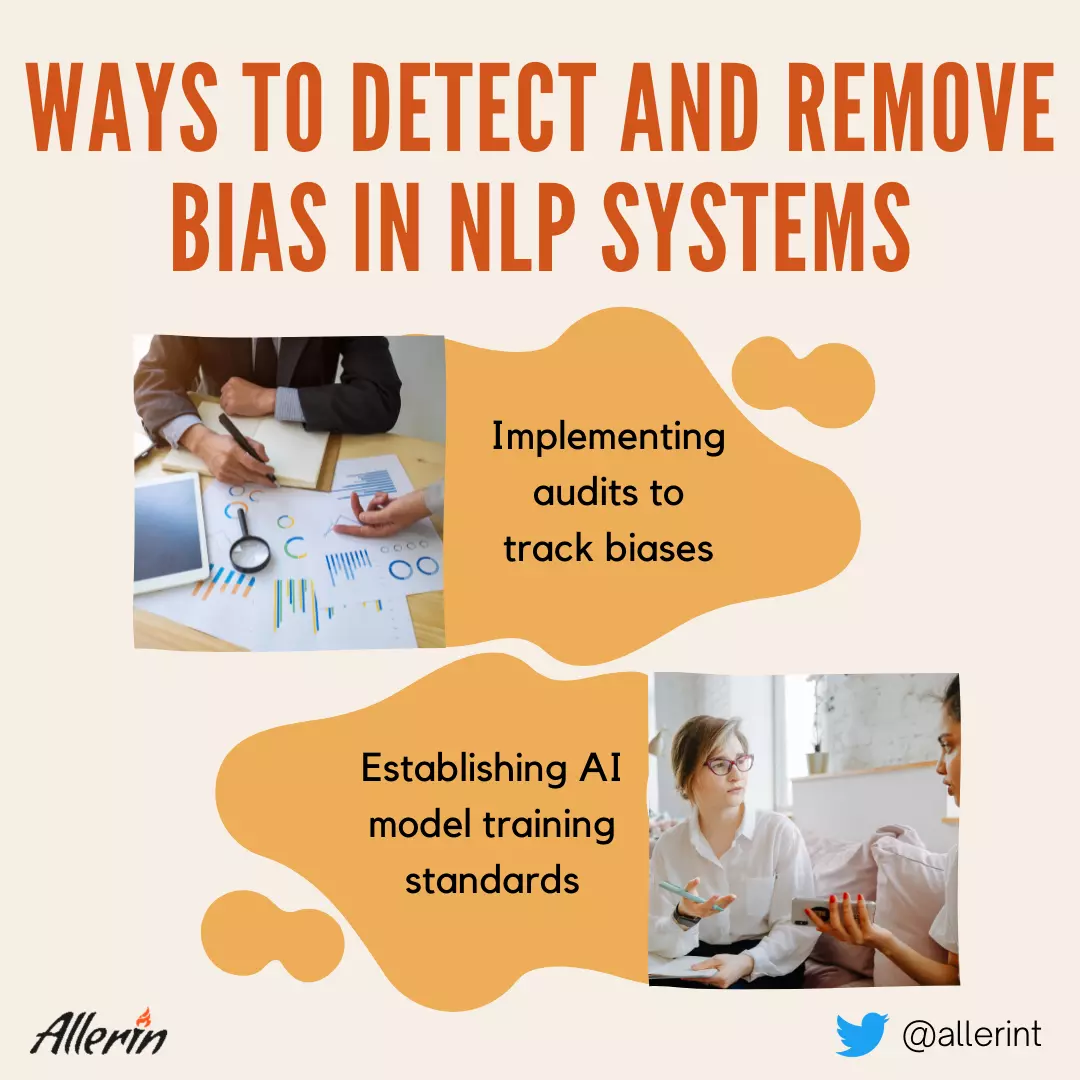Natural Language Processing (NLP) is one of the main components of artificial intelligence (AI) and machine learning (ML).
Like those two, NLP-powered systems also reinforce certain biases primarily because of the data used for machine learning. The element of bias in NLP systems can be reduced if organizations and AI experts work in coordination with one another for the same.
Natural Language Processing (NLP) systems are highly useful in our day-to-day lives as well as digitized and automated business operations. NLP, a powerful subfield of AI, computer science and linguistics, can be applied in fields as disparate as supply chain management and tourism.
Despite its vast number of use cases, NLP, like AI, has tendencies to reinforce and exploit certain biases present in the underlying data used for NLP-based systems. Even powerful NLP tools such as the mighty GPT-3 show this problem. To understand this better, suppose an NLP tool is used as a resume filtering system in a recruitment campaign conducted by an organization. Biased NLP may exclude women and candidates of color, and only select a certain type of individual (white male, in this example) for employment. Recruitment-related biases, in either NLP or otherwise, can be disastrous for organizations.
As we know, biases are mostly prevalent due to a lack of training datasets and, more importantly, in the case of NLP, because social biases are ever-present in the languages we speak and write. As a result, such biases can surreptitiously enter NLP systems too. To detect and reduce the element of bias in NLP systems, the following ideas can be used:
1. Implement Audits to Track Biases
AI experts need to carry out audits to discover biases—and their magnitude—in data generated from NLP systems. For example, such audits can be highly useful for understanding the underlying biases that social media users show in their posts. Additionally, such audits can also allow concerned officials in public or private agencies to know about text related to racism or other marginalization-fueled speeches on a public platform.
2. Establish AI Model Training Standards
As stated earlier, biases in NLP are mainly caused by the kinds of data that are used in model training. As a result, organizations need to monitor the datasets that are being used for the purpose of NLP model training. If the bias-related elements are removed from AI or NLP models, then the overall bias in NLP systems will also reduce drastically.
Apart from these, data analysts can also use data security assessments to find if NLP datasets are trained with authentic and valid natural language data and not other, possibly contaminated data. Eliminating bias in NLP systems and models is a seemingly impossible task. However, by adopting intelligent data governance and quality control during the early phases of AI and NLP implementation, it can be reduced up to a great extent.




Leave your comments
Post comment as a guest